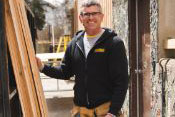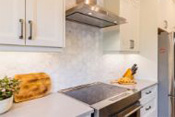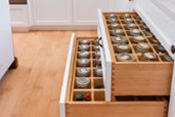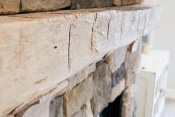What is radon?
Radon is a naturally occurring gas found in most soils in widely varying amounts. It is formed during the decay process of uranium. You can’t see, smell, taste or feel it.
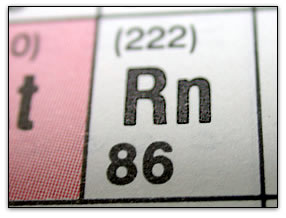
Why should a homeowner care about radon?
Even though you can’t detect radon with your own senses it can do great harm to your health. Radon decay elements can damage lung cells and eventually can lead to lung cancer. In fact, radon is a Level 1 carcinogen and the second leading cause of lung cancer according to Health Canada. It is estimated that 3,200 Canadians die each year of radon exposure.
How does radon get into a house?
Radon gas enters your house through gaps and cracks in the foundation and concrete floors. When the air pressure of the house is lower than that of the surrounding soil then radon along with any other soil gas can enter the house.
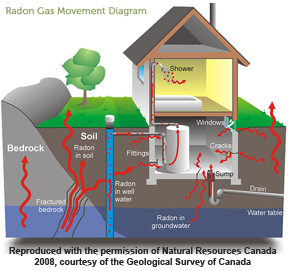
What are safe levels of radon and how does a homeowner determine them?
The Canadian guideline has been set at 200 becquerels per cubic metre. Other countries have set lower safety thresholds. A radon test is measuring the effects of radiation that are caused by radon. The only way to determine the level in your house is to complete a long term (90 day) test during the heating season. There are short term tests available but they will not give a truly accurate reading because house conditions can change on a daily basis and those changes will effect short term readings. A long term test averages these changes over a longer test period for a more accurate result. Health Canada studies have determined that 7% of houses have radon levels higher than 200 Bq/m3 and over 30% of houses have levels higher than 100 Bq/m3.
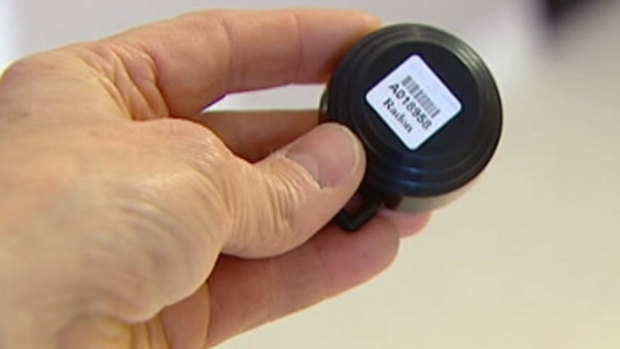
What should a homeowner do?
The first thing to do is to conduct a long term radon test. If the levels are low then you don’t need to do anything. Health Canada recommends if the levels are between 200 Bq/m3 – 600 Bq/m3 then you should mitigate within 2 years. If levels are above 600 Bq/m3 then reducing the levels should be done within a year.
How does a homeowner reduce radon levels?
Mitigation procedures will vary from one house to the next but in general they involve depressurizing the soil under the basement floor, sealing up any cracks in the concrete and venting the sub-slab air to the exterior. It might sound simple but this work should be done by a certified mitigation contractor to make sure all the procedures are completed correctly.
What can Menno Martin Contractor do?
We have partnered up with a mitigation consultant who can provide testing and mitigation services for existing houses. Recently Trent Bauman from Menno Martin Contractor successfully completing a training course and examination to get certified for radon control in new homes. This includes rough-in in collection systems in the new additions we build for our clients. Locally, Guelph is the only municipality that presently has a radon pas mitigation program in place. We suspect it will not be long before stricter radon requirements find their way into other municipalities. We want to be ready and get an early start to help our clients deal with radon.
For more information you can contact Trent at our office.






